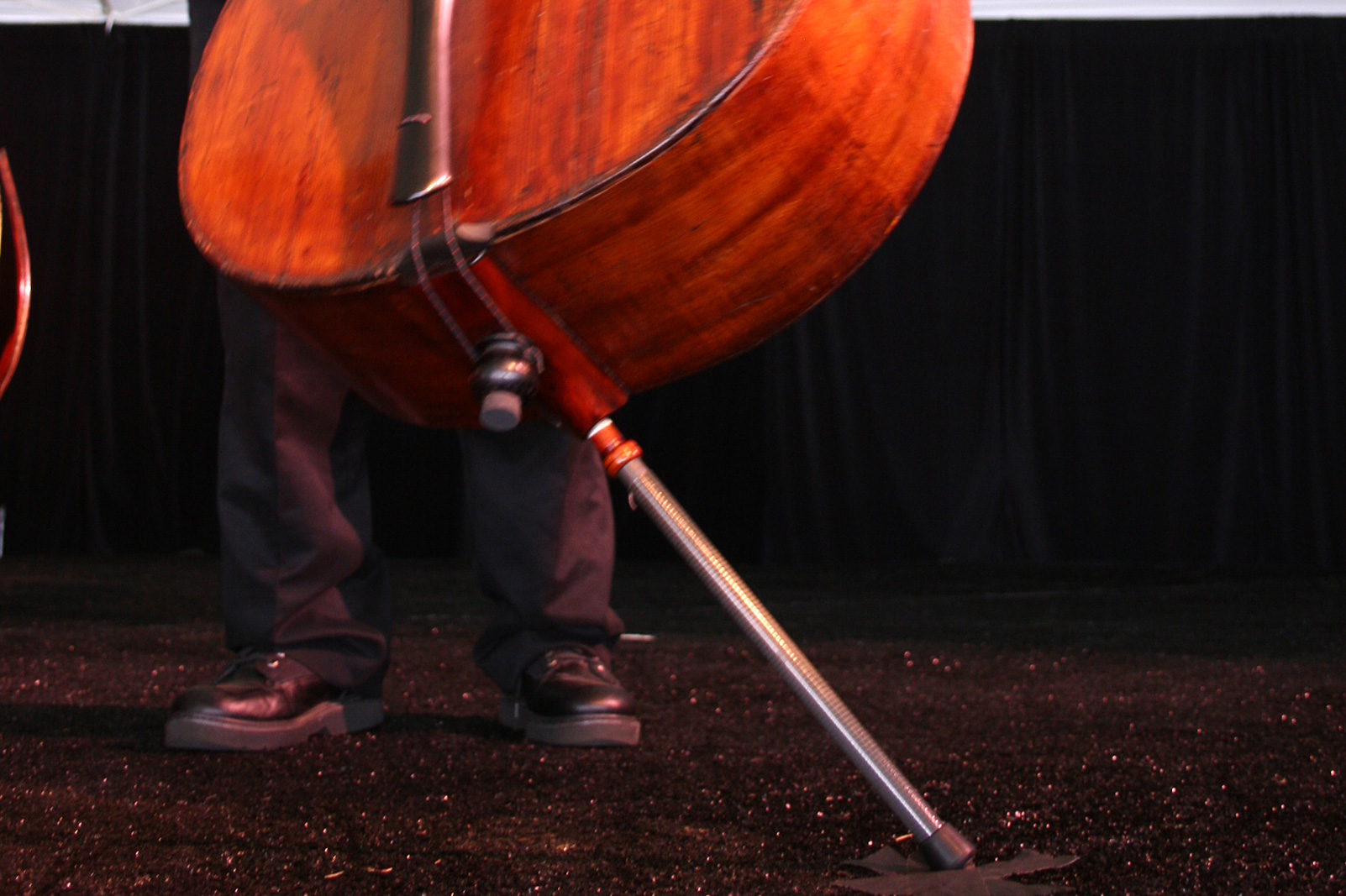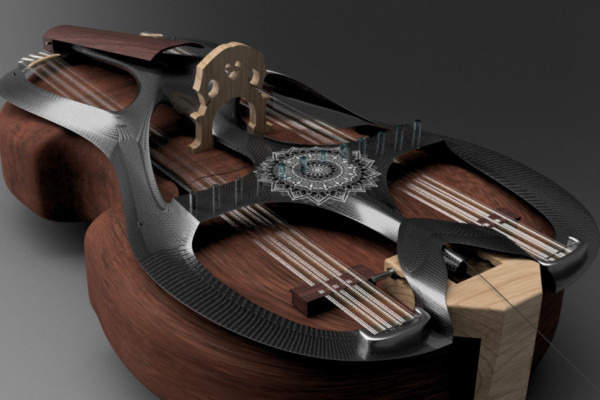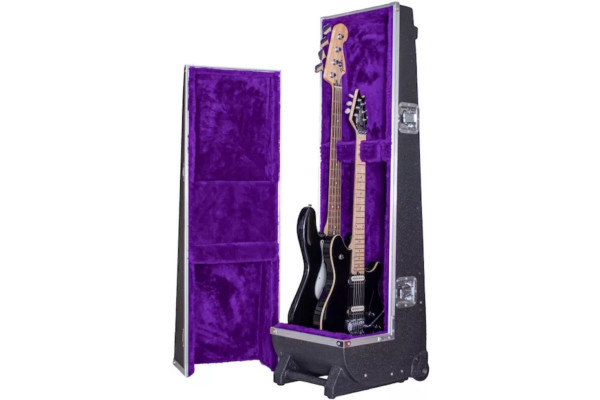My Double Bass Setup: Part 4 – Endpin, Removable Neck and Travel Case

Endpin
I also use an angled endpin while standing. The main reason for this is to take the weight of the instrument off my left hand while allowing my left hand easy access to the complete fingerboard. For more on this, check out this column.
Some people have noted that my endpin length and angle seem to have changed over the years. If you see a video of me with some crazy endpin angle, it’s likely my bass was in flux. It had an ill-fitting neck which made for a somewhat unbalanced instrument for awhile, until I had it fixed. To compensate for where the weight of the bass fell I, for a time, had a very unusual endpin angle. My bass requires a less severe endpin angle these days to keep the bass balanced and the weight off my left hand.
When I sit, I use a standard, straight endpin. Whether you sit or stand, keep your left hand free to access the entire fingerboard easily and quickly, and keep the weight of the bass off your hand.
Removable Neck, Travel Case
Finally, I had my instrument retro-fitted to have a removable neck. This allows me to dismantle the instrument and pack it in a more compact flying case. This not only protects against damage when flying (most damage is to the neck), but generally makes flying with a bass much easier, and sometimes cheaper.
There was no change in the sound from having this conversion done. It did require, however, and excellent craftsman to do the work. If it is done poorly, the sound can suffer.
Our instrument is part of our sound. When we want to express ourselves at the highest level, we need our best bass as our companion. Traveling with a double bass is likely to become more difficult in the future, rather than easier. As a result, I think having a removable neck bass is almost a requirement for the modern day traveling bassist.
I have a few other peculiarities to my bass setup, but many are experiments still in process or are simply not yet satisfactory solutions for me. However, the ones listed in these past few columns are the ones the ones I would like to see more widely adopted by the bass community. If more of us did, who knows what music might come out of our basses?
Previous: Part 3 – String Spacing and String Height
Dr. Donovan Stokes is on the faculty of Shenandoah University-Conservatory. Visit him online at www.donovanstokes.com and check out the Bass Coalition at www.basscoalition.com.



